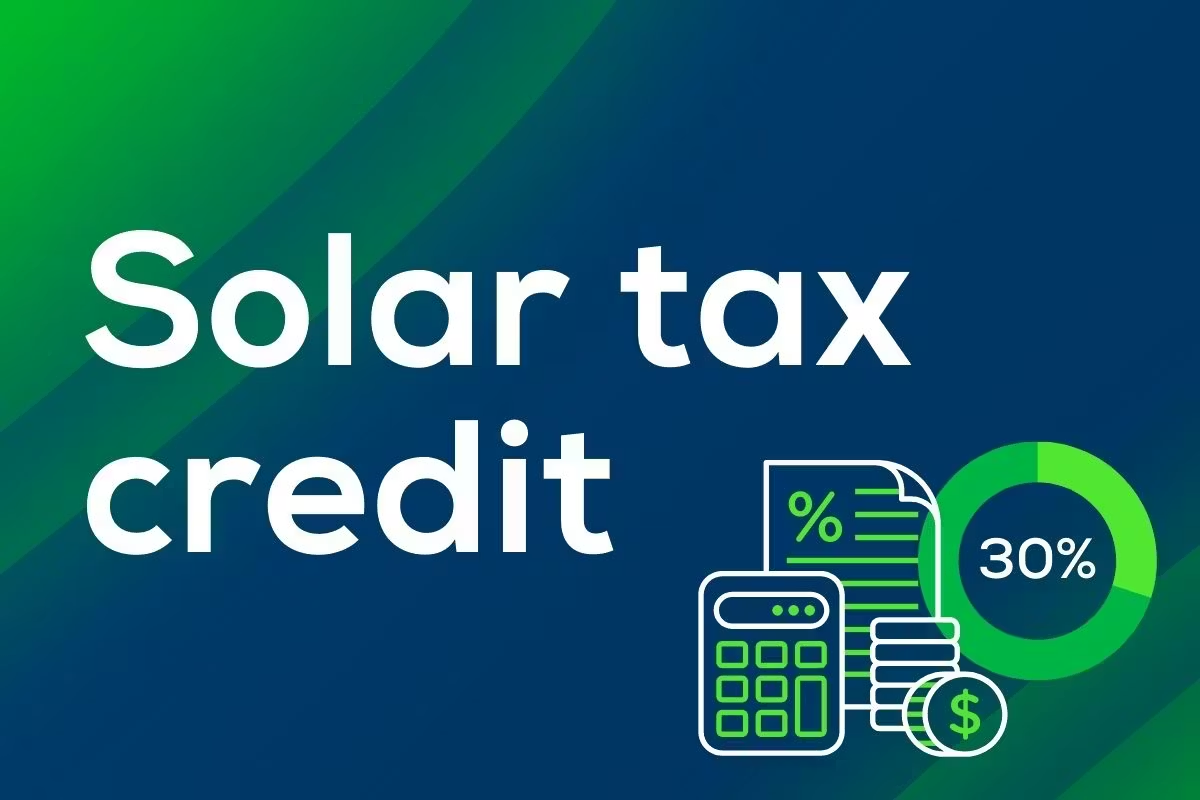Businesses continue to face higher electricity prices and tightening carbon-related regulations, creating pressure to cut operating expenses while improving sustainability performance.
Many companies now invest in renewable energy as a strategic way to manage long-term financial risk and reduce exposure to policies tied to fossil fuels.
Solar tax credits have become one of the strongest incentives available, giving companies an opportunity to lower upfront project costs, limit future carbon expenses, and improve operational resilience.
Solar incentives function not only as environmental tools but also as strategic financial assets that help businesses strengthen their bottom line.
Financial Benefits of Solar Tax Credits for Businesses

A growing number of companies now view solar incentives as a strategic way to protect cash flow, reduce tax burdens, and strengthen long-term financial planning.
Solar projects that once required heavy upfront investment now deliver faster returns due to powerful federal and state incentives.
Businesses also benefit from multi-layered savings that compound over the lifetime of the system, creating a strong foundation for operational stability.
Federal ITC Savings Example
A federal Investment Tax Credit immediately lowers the cost of a commercial solar installation. A system valued at 100000 dollars qualifies for a credit worth 30000 dollars under the standard 30 percent ITC.
That reduction is applied directly to tax liability, producing immediate and measurable financial gain.
Additional financial advantages come through MACRS depreciation and bonus depreciation.
Those tools allow companies to write off a major portion of system costs within the first year, accelerating return on investment in a way few capital improvements can match.
Unused credits remain valuable. They roll forward into future tax years, preserving financial flexibility for companies that lack sufficient current-year tax liability.
A solar investment therefore, shifts from a single-year strategy into an ongoing financial asset that produces long-term value.
A quick list helps clarify the core advantages at this stage:
- Direct reduction of federal tax liability
- Significant first-year depreciation
- Roll-forward capability for unused credits
- Strong long-term financial return
Additional Tax Credit Adders
Many projects qualify for incentive adders that increase total credit value far above the standard 30 percent.
These adders reward strategic development decisions and support broader national energy goals.
A brief overview of common adders helps illustrate their impact:
- A 10 percent bonus for using domestic content
- A 10 percent bonus for building in an energy community
- A 10 to 20 percent bonus for low-income or tribal land projects
Such bonuses can combine to raise total incentives to 50 to 70 percent of the project cost.
That level of support dramatically improves project economics, shortens payback periods, and boosts long-term net savings.
Companies that qualify often see capital recovery timelines shrink to a fraction of traditional expectations.
Stacked incentives improve annualized returns, enhance cash flow, and strengthen financial resilience for years after installation.
Solar’s Role in Reducing Operating Costs

Solar energy serves as a direct shield against rising utility costs.
Operational savings begin as soon as the system starts generating electricity, and they continue for decades.
Many businesses appreciate the predictability provided by on-site generation, especially during periods of price volatility or regulatory uncertainty.
Direct Energy Cost Reductions
Solar-generated electricity offsets utility usage, cutting monthly bills in a predictable and sustained manner. Companies with high daytime energy demands benefit the most, since solar output often peaks during the same hours that usage is highest.
Solar also helps limit peak demand charges, which often represent a large share of commercial energy expenses. Reducing demand spikes can significantly influence annual operating costs.
Net metering programs offer an additional advantage. Businesses can earn credit for surplus energy delivered to the grid, further strengthening financial returns.
- Direct bill reduction through on-site generation
- Lower peak demand charges
- Extra value through net metering credits
- Improved long-term budget stability
Avoiding Future Carbon Costs
Expansion of carbon regulations has created new financial pressure for companies that rely heavily on grid electricity.
Solar-generated power reduces exposure to potential carbon taxes, compliance fees, environmental surcharges, and volatile fossil fuel pricing.
Businesses gain greater independence when they generate their own power. Predictable operating costs support stronger financial planning and reduce vulnerability to sudden market swings or policy changes.
Solar systems act as a long-term buffer, helping companies maintain stability while other industries struggle with fluctuating energy-related expenses.
Broader Economic Impact of Solar Tax Credits

Solar policy influences not only individual businesses but also the national economy. Wider adoption stimulates manufacturing, job creation, construction activity, and community development. Tax credits serve as a catalyst that supports economic growth at multiple levels.
National and State-Level Economic Benefits
Solar activity delivered 75.5 billion dollars in GDP contributions in 2023, according to SEIA.
Federal tax revenue grew by 12 billion dollars, and state or local jurisdictions generated 3.7 billion dollars.
Job creation remains strong, with hundreds of thousands of workers supported across manufacturing, engineering, installation, and maintenance roles.
More than 300 manufacturing facilities operate across the country due to continued investment in solar infrastructure.
Economic momentum strengthens when companies adopt solar and when incentives encourage sustained system deployment, as highlighted in related executive and financial sector updates from Ned Capital News.
A quick breakdown of national impact includes:
- Tens of billions of dollars added to GDP
- Billions in federal, state, and local tax revenue
- Hundreds of thousands of jobs supported
- Growth in manufacturing capacity across the country
Consequences of Cutting Tax Credits
Removal or reduction of solar incentives would produce widespread economic challenges. National electricity costs would increase by an estimated 51 billion dollars. Ratepayers would experience higher monthly bills and local governments would lose essential tax revenue.
Investment loss projections indicate potential reductions totaling 286 billion dollars. More than 330000 jobs could disappear as manufacturing slows and private investors retreat from solar development.
Such losses would undermine economic stability and weaken national progress toward energy independence.
State and Local Incentives That Supplement Federal ITC
Many states support solar development through incentives that complement federal credits. Those programs help businesses address upfront installation costs and ongoing financing needs.
Property tax exemptions prevent system value increases from raising tax assessments. Sales tax waivers reduce the cost of equipment purchases.
State rebate programs offer direct financial payments that lower project expenses immediately.
Clean energy loan programs also assist businesses by providing favorable financing terms. When combined with federal credits and bonus adders, these incentives lead to shorter payback periods and stronger cash flow projections.
Valuable tools are:
- Property tax exemptions
- Sales tax waivers
- Direct state rebates
- Low-interest clean energy loans
- Additional state-level performance incentives
Battery Storage and Bonus Incentives

Energy storage now qualifies for federal tax credits when systems meet the minimum threshold of 3 kWh capacity.
Batteries paired with solar help businesses store unused daytime electricity for use during higher-cost evening hours, reducing dependence on the grid.
Storage systems also improve resilience during outages by keeping critical operations online.
Many companies adopt batteries to stabilize demand, lower time-of-use charges, and manage energy resources more efficiently.
Key storage-related benefits include:
- Stronger grid independence
- Reduced exposure to peak pricing
- Emergency backup capability
- Improved load management across daily operations
Summary
Solar tax credits give businesses a powerful financial advantage by reducing tax liability, cutting operating expenses, and lowering exposure to future carbon regulations.
Savings grow even larger when companies qualify for bonus adders, state incentives, and storage-related credits.
Economic data shows strong national benefits tied to solar investment, and reductions in incentives would harm businesses, workers, and local governments.
Investing in solar remains a smart strategy that strengthens financial stability while supporting long-term energy goals.

